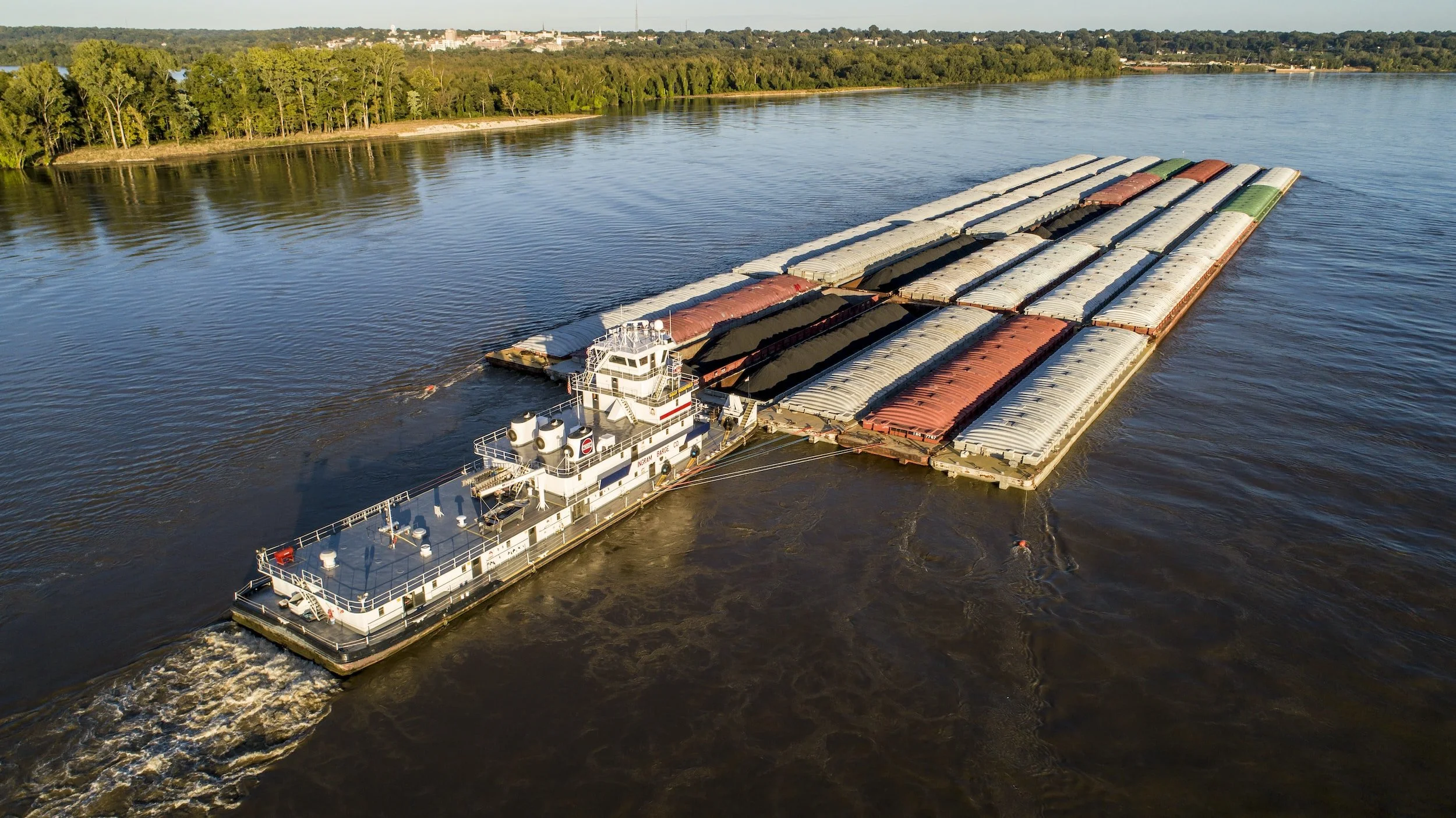The Route: Inland Rivers
Come autumn weather, and we'll need to get heading south. We'll route through Chicago, IL, down the river system to Mobile, AL. This segment involves 1300 miles via the Tennessee-Tombigbee Waterway and will take us to the Gulf of Mexico.
Photo by Muzammil Soorma on Unsplash.
In Chicago, we'll encounter a fixed bridge (a bridge that cannot swing or raise to allow us to pass with our mast on). We'll remove the mast from our sailboat in Chicago. From there, we can either stow the mast on our deck for the river trip or ship it via a truck and have it waiting for us in Mobile, AL. Since there won't be the wind and space to sail down the river, we'll likely send our mast to Mobile and put it back on our boat as we head into the Gulf of Mexica.
The river portion will allow us to travel with the natural flow of the rivers in all but the Tennessee and Cumberland Rivers, which flow to the north. Locks and dams control the natural fall of the rivers, allowing safe passage in the changing water levels.
We may encounter flooding if there is heavy rain in the Midwest. When the rivers are in flood stage, debris is pulled from the river banks, creating navigation threats. When water is low, some anchorages may be unavailable. Staying in channels marked with buoys and sailing lines on charts will be crucial to avoid rock jetties and other obstacles.
Photo by Justin Wilkens on Unsplash.
Towboats and tows will be an exciting distraction on this route. The tow traffic gets heavier the further south we'll get. Tows will be pushing multiple barges along the river. These enormous vessels cannot stop or maneuver quickly, so we'll always need to contact tows using our VHF radio to make plans for meeting or overtaking.
While calling Tow Captains, they'll instruct us to pass on the "1" (or "1 whistle") or the "2" (or "2 whistles"). This "code" for which side to pass on dates back to before VHF communications were available, and vessels used whistle blasts instead to communicate. Whether we are meeting or overtaking, if the tow wants to see us on the "1", we'll point our bow to the starboard (right). If the tow captain wants to see us on the "2", we'll aim our bow to the port (left).


